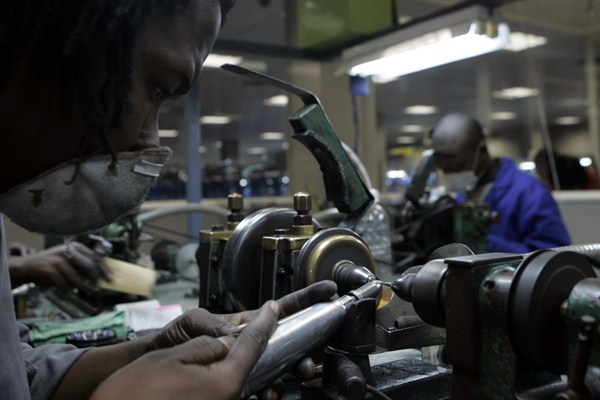The past year has seen dramatic declines in the prices of global commodities. Between June 2014 and the beginning of this year, crude oil prices fell by 50 percent to around $50 a barrel. Similarly, mineral prices have seen a drastic fall since the peak of the “commodity supercycle” in early 2011. Between then and April of this year, iron ore prices fell by 70 percent, coal prices by 54 percent and copper prices by 40 percent.
Many countries dependent on revenues from these commodities have been hit hard. Venezuela is unable to import food and medicine to satisfy the basic needs of its population due to the lack of petrodollars. Russia’s economy is expected to contract by 3.8 percent this year, as a result of the oil price fall combined with Western sanctions over the Ukraine crisis, which have sent the ruble tumbling. Nigeria is slashing its budget, which would require a petroleum price of $122 per barrel to balance out.
Mineral-exporting countries, especially those in developing markets in Africa, have also felt the brunt. Sierra Leone’s two largest iron ore mines had to close in late 2014 after running out of cash and not being able to repay creditors. With iron ore accounting for a quarter of Sierra Leone’s economy and half of its exports, the International Monetary Fund forecasts the economy to contract by 13 percent this year. Mozambique, deemed the most promising source of untapped coking coal, only exported 7 million tons of coal last year—17 percent of what was projected four years ago—with companies facing an uphill battle just to cover their operating costs. Rio Tinto sold its coal concessions in Mozambique for $50 million late last year after having acquired them for $4.2 billion three years earlier. Zambia saw its fiscal deficit widen due to falling copper prices last year, and the national currency, the kwacha, was the worst-performing currency in Africa.

